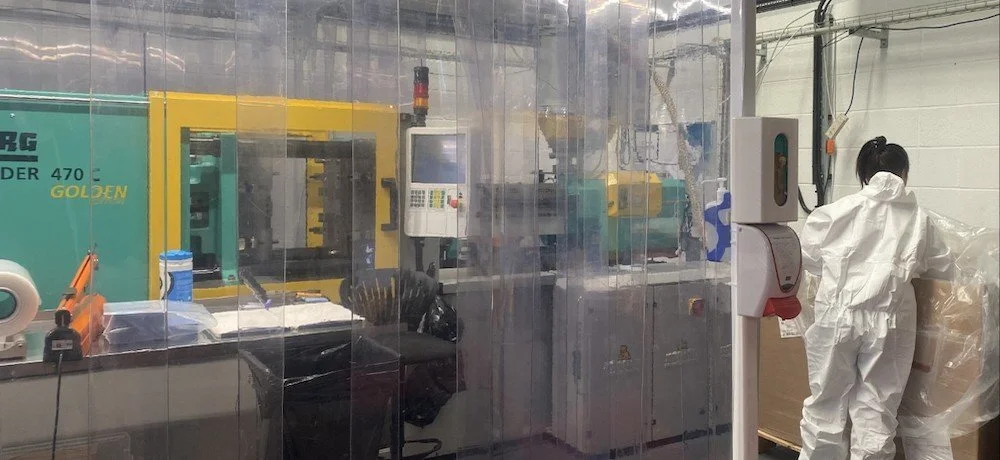Cleanrooms - past, present and future
Guest User
Medical Moulded Products, in seven years, has designed many products for the medical sector. Peter Lucas, co-director, explains the history of cleanrooms and shares his predictions for the future of the cleanroom market.
November of this year will see the tenth anniversary of the death of inventor Willis Whitfield, a name not widely-known amongst the general public. But he was a man whose vision helped revolutionise many industries – and who pioneered a global technology market now valued at more than £4 billion.
Whitfield, the Oklahoma-born son of a cotton farmer, is credited with conceiving the idea of the modern day cleanroom – a ceiling-to-floor forced-air system that was patented in 1964. Before that, cleanrooms often had problems with particles and unpredictable airflows, but Whitfield came up with a solution by designing his cleanrooms with a constant, highly filtered air flow to flush out impurities in the air.
Today, the cleanroom – used in a variety of sectors including the production of medical devices, semiconductors, food products and electronics – is crucial to any industry requiring a controlled environment, ensuring the elimination of any contamination.
At the forefront of cleanroom technology in the UK, is Staffordshire-based Medical Moulded Products which, in just seven years, has developed a market in the manufacture of plastic products, including the injection moulding of spatulas, mixing bowls, syringes and dispensers, designed for the medical sector.
The company, which continues to invest in new technology and machinery, including intelligent robots, currently has five separate cleanrooms for the manufacture of medical-grade products for the dental and medical sectors.
“From our earliest days our goal has always been to ensure that we manufacture, test and meet the relevant regulatory and safety requirements for every product we produce, said MMP co-director, Peter Lucas.
Medical device cleanrooms are very effective at preventing medical product contamination, providing significant time, energy and cost savings – and no-one understands the need for a controlled manufacturing environment better than a medical device manufacturer.
“Our cleanrooms are fully compliant with ISO standards, are tested regularly and operate 24 hours a day, 365 days a year in order to maintain the cleanest possible environment,” said Lucas. “And because we have a very special relationship with all our customers we are able to work together to ensure we create the products that meet the exact specification that is needed – at the right price.
“We are very conscious of the fact that when it comes to developing a strong and profitable business in a highly specialised marketplace, then nurturing long-term partnerships with customers and suppliers is an approach that cannot be overlooked,” he added.
So what of the future for Willis Whitfield’s global cleanroom technology market – a sector which currently is worth more than £4 billion? Manufacturers can be assured there will be fresh challenges along the way, especially as new developments and more complex products, including the miniaturisation of devices, come along. One of the biggest will be to meet cost targets while still achieving the required standards in medical device cleanrooms.
“Our world is constantly changing, adapting and evolving – and there is no doubt that with ongoing innovation and advanced technologies there is huge potential,” said Lucas. “Cloud-based services, artificial intelligence and 3D printing are paving the way for digital innovation in medical device industries and helping to solve future challenges.
“Such advancements will enhance operation efficiency and productivity as we continually look to improve our service to customers,” he added.
